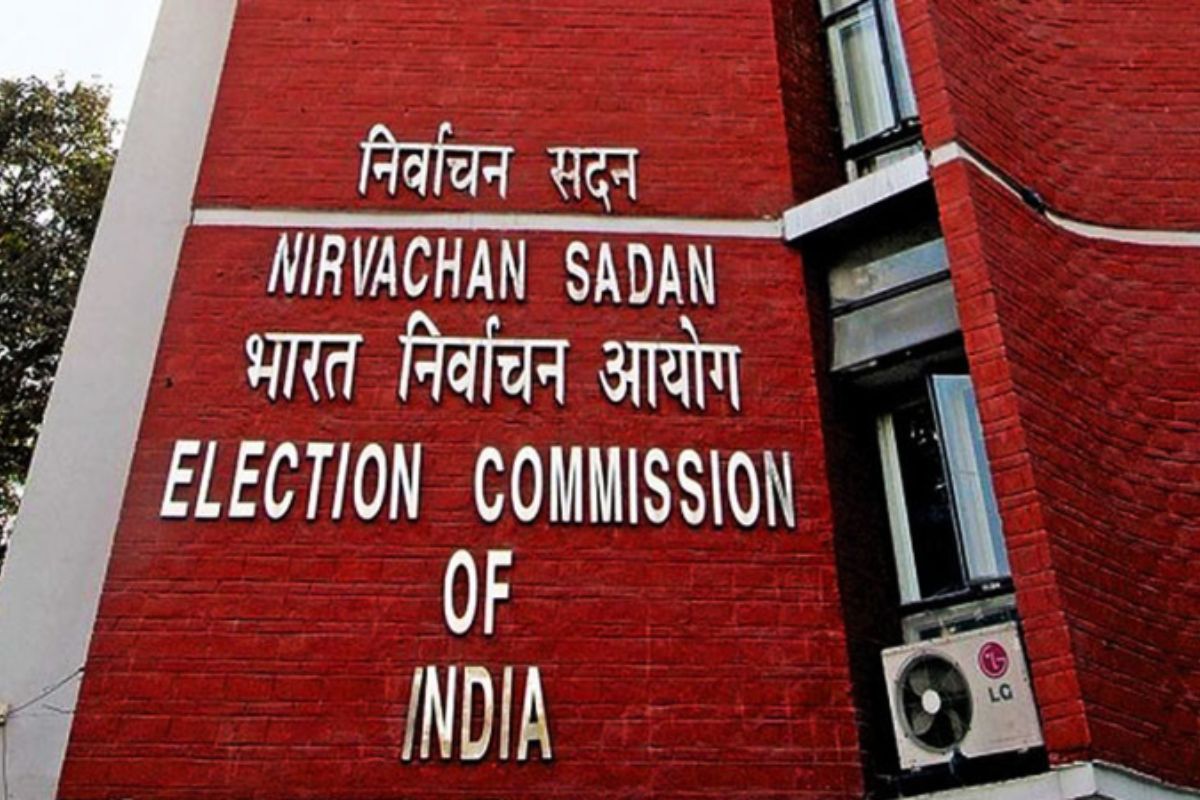
Three major states in the Hindi heartland—Uttar Pradesh (UP), Madhya Pradesh (MP), and Bihar—have reported alarmingly low voter turnout.

New Delhi — The Election Commission of India has released the final voter turnout figures for the second phase of polling, revealing a total of 66.7 per cent participation across the country. However, the three major states in the Hindi heartland—Uttar Pradesh (UP), Madhya Pradesh (MP), and Bihar—have reported alarmingly low voter turnout.
Uttar Pradesh, with its significant electoral weight, witnessed the lowest voter participation at a mere 55 percent. This dismal turnout has raised eyebrows, especially considering the state’s historical significance in shaping national politics.
Madhya Pradesh and Bihar, both crucial battlegrounds, fared only slightly better. In Madhya Pradesh, the voter turnout stood at approximately 60 per cent, while Bihar reported a similar figure. These states have traditionally been politically charged, with intense competition between major parties.
States like Manipur, Chhattisgarh, Bengal, Assam, and Tripura exceeded expectations with over 70% participation.
However, in Bihar, a higher percentage of females exercised their franchise compared to males. According to the Election Commission of India’s data, 58 percent of males voted in the Lok Sabha election, while 62 percent of females participated.
The low voter turnout in these states has significant implications for the ongoing general elections. With the heartland states failing to mobilise voters effectively, political parties will need to reevaluate their strategies. The Election Commission has urged citizens to exercise their democratic rights and participate actively in the remaining phases of polling.
Despite the overall national average of 66.7 per cent, the stark regional disparities highlight the need for targeted efforts to boost voter participation. As the election season progresses, all eyes will be on these states to see if they can reverse the trend and encourage more citizens to cast their votes.
In the second phase of the Lok Sabha elections, which took place on April 26, 2024, a total of 88 constituencies across 13 states and Union Territories participated in the voting process. There were over 15.88 crore registered voters. This included 8.08 crore males, 7.8 crore females, and 5,929 third-gender electors. Additionally, the phase saw participation from approximately 34.8 lakh first-time voters.
Notably, this phase included all of Kerala’s 20 Lok Sabha seats, 14 seats in Karnataka, 13 in Rajasthan, 8 each in Maharashtra and Uttar Pradesh, 6 in Madhya Pradesh, 5 each in Assam and Bihar, 3 each in Chhattisgarh and West Bengal, and 1 each in Manipur, Tripura, and Jammu and Kashmir.
Despite the challenges faced by voters, including extreme heat and technical issues at polling booths, citizens actively participated in shaping the democratic process during this crucial phase of the elections.